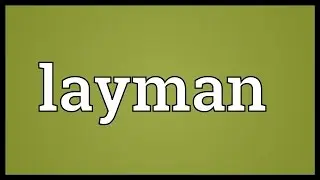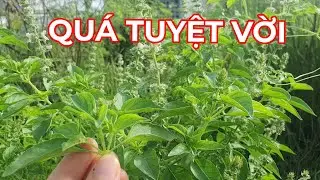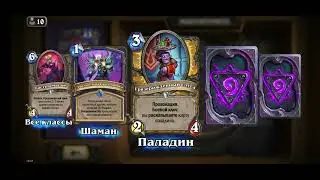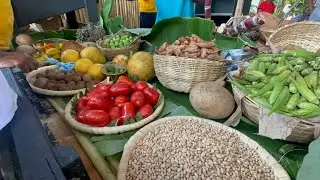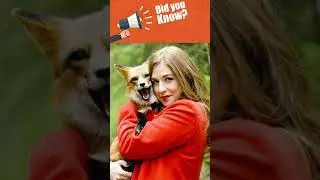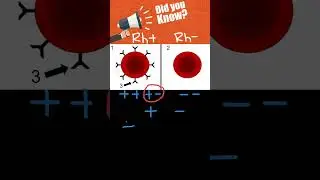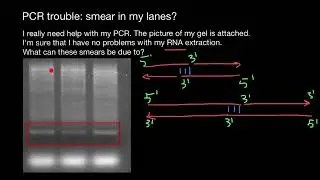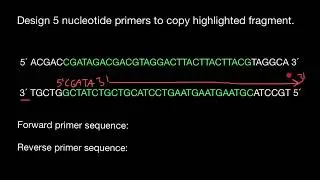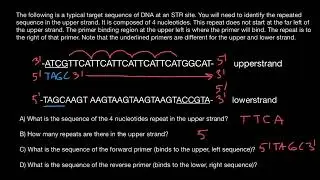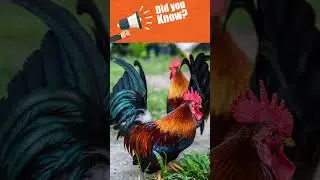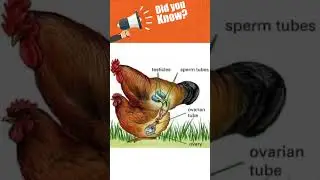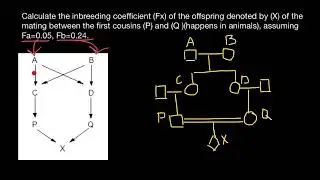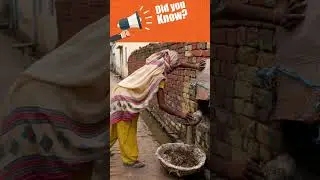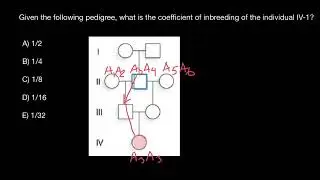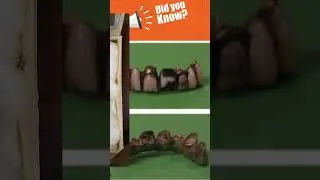Legends about plant juice softening stone EXPLAINED
Peruvian legends about plant juice softening stone
Fans of various alternative versions of history, speaking about Inca, and especially about polygonal masonry, urge to discard all these stupid official scientific theories, not to believe Spanish sources and Ink testimonies and legends. They do not like that most often, relying on these sources and archaeological data, historians talk about quite primitive ways of processing stone and the movement of blocks dragged with ropes. In this context, the assumptions of the same people about the use of stone technology softening technology are very funny. The irony is that the whole theory of soft stone stems precisely from Indian legends documented in European sources.
One of the first references to such legends belongs to the American archaeologist, who opened Machu-Picchu, Hayram Bingema.
Modern Peruvians are very fond of talking about the method that the Incas used to perfectly fit the stones to each other. One of the favorite stories is that the Incas knew about the plant, whose juices made the surface of the block so soft that the magnificent fitting was provided by just a few moments of grouting stones treated with these magical plant juice!
Similar stories were recorded by other researchers. Thus, the British traveler was perceived by Harrison Fosett, who disappeared in 1925 in the village of Brazil in search of a lost city, traveling through Bolivia and Peru, wrote about a bird reminding him of a winter -manodist:
... which nests in neat round minks in rocky cliffs by the river. These holes are clearly visible, but it is usually impossible to approach them close. It is strange that their [holes] can only be found where there are birds. Once I expressed surprise at how successfully and conveniently there are recesses for nests, made as neatly, as if they were created using a drill.
"They themselves create these holes" - these words belong to a person who spent a quarter century in the forests. "I saw how they do it many times. I watched the birds bring some leaves in the beaks to the cliff, sit on the rocks like woodpeckers on a tree, rub the leaves on the surface in circular movements. Then they fly away, return with new leaves, they continue to rub the process. After three or four repetitions, they throw leaves and begin to beat this place with their sharp beaks, and, surprisingly, they soon do a round hole in the stone. Then they fly away again and repeat the procedure of rubbing with leaves several times Before you continue to peck. The whole process takes several days, but in the final they create a mink, deep enough to accommodate their nests. I climbed up, looked into one of the holes and, believe me, a person cannot disperse a more accurate deepening. "
Fosset was surprised to ask the narrator if he really believes that the bird's beak could break through the stone, to which he received the following answer:
The woodwood beak pierces hard wood, right? No, I don’t think that a bird can break through a solid rock. I, like everyone who watched these birds, believe that they know plants whose juice softens the stone to a state of soft clay.
Fosset decided that this was a local legend, but then he heard it in other places. Later, he heard a similar story from another Briton, whom he does not call:
My nephew was in the Chuncho region on the Raine River in Peru. When his horse began to limp, he left her on the nearest small farm, five miles from his own, and walked home on foot. The next day, he went to take the horse and cut through the forest, which he had never entered before. It was on horseback riding, high boots and large spurs - not small English, but huge Mexican spurs with a length of four inches and with wheels more than half a crib. These spurs were almost new. When he got to the farm after a exhausting and difficult walking on a thick shrub, he was amazed, discovering that his beautiful spurs disappeared: they were something corroded in such a way that they turned into black spikes with a length of only the eighth of the inch. He could not understand the reason for this, while the owner of the farm did not ask whether his path accidentally ran through plants about a foot with dark reddish leaves. My nephew immediately remembered that he went through places where the earth was densely covered with such plants. “That's the reason,” said the owner of the farm. "That's what your spurs has corroded. This is what the Incas used to form stones. The juice softens the stone to the state of the pasta. You must show me where you found these plants." When they went to look for that place, they could not find him. It is not easy to go back in the jungle where the paths are not laid.
The Catholic priest Horche Lira (Jorge A. Lira, 1912-1984) also mentioned a similar Peruvian legend, which states that the gods presented two gifts to the Indians.
